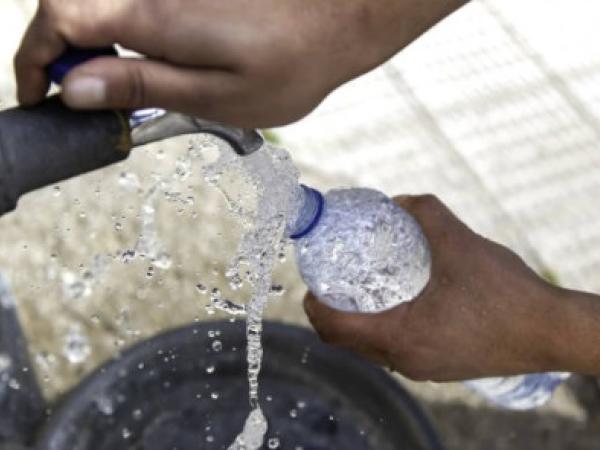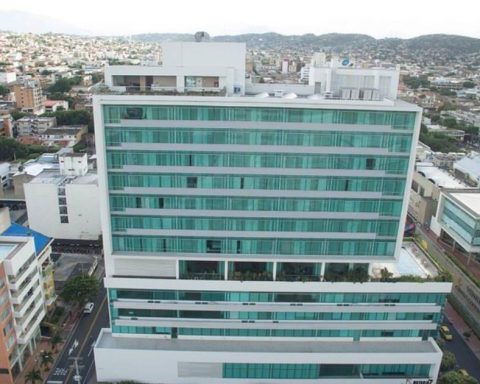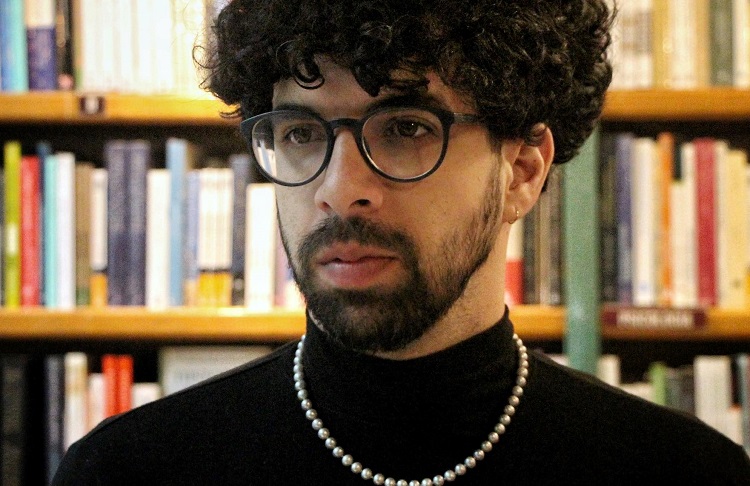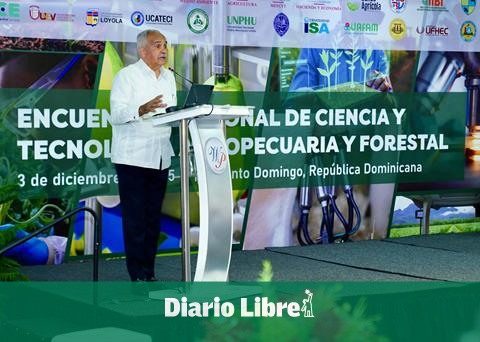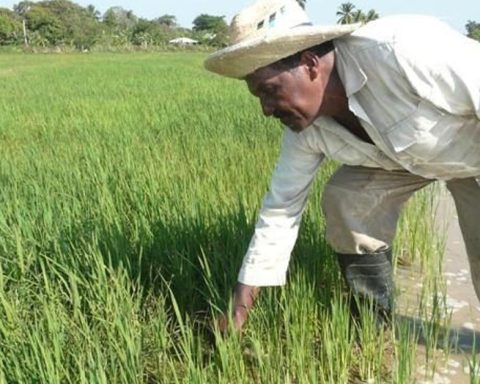Access to drinking water has been key to transform areas affected by guerrilla and armed conflicts in Colombia, according to the Plan Foundation.
The municipality of Tumaco, affected by armed movements and forced displacement, is one of the cases of the success of the international program of the organization that helps provide drinking water, sanitation and hygiene to disadvantaged populations in Latin America.
(Read: Enabling the spectrum is an engine of innovation and progress for the country).
Martha Espinosa, infrastructure director of Fundación Plan in Colombia, explained that the international organization has been working in the country for more than 60 years, but they have focused a large part of their efforts on Tumaco and Quibdó with the Lazos de Agua initiative since 2017. when the formulation of the “water to invite you” project began.
“Tumaco, in an urban area, is a very vulnerable area, it is one of the municipalities that has had the most victims of the armed conflict in Colombia and since it is such a large municipality, a recipient of the population that is victims of the armed conflict, there we began to work on a strategy, we already have 22,500 people who are connected to water or sanitation”exposed.
It is, he explained, a peri-urban area with special conditions, close to the coast and with areas of mangrove where they had to extract water from very deep areas “with very traditional methods”.
“There is no sewage system, the water is contaminated by feces, by solid waste, by domestic waste, it is a mangrove area because it is a sea area, so they have brackish water flooding in some sectors,” he explained.
(In addition: What follows for Hidroituango after entering into operation).
The expert indicated that Tumaco does not have an aqueduct, so the water coverage waspenalties of 16% of the necessary at the beginning of the project. For this reason, they designed a system of “express pipes” that allowed them to permanently bring clean water to a greater number of neighborhoods. “For the first time 15 or 20 years after these families were settled there, they were able to have water in their homes, this is fundamental because, whether it is an urban or peri-urban area, there is also a presence of armed groups there and that meant many challenges,” counted.
Water with a gender perspective
He also warned of gender disparities, noting that “women are the ones who have to maintain the availability of water at home, but men are the ones who have the best quality water and there are some issues related to hygiene women’s personal hygiene, menstrual hygiene.
“Throughout the world women are used as weapons of war, there is a lot of gender-based violence and sexual violence, especially against girls and women. Having water available at home is a protective element for women and generates empowerment“, held.
Although all Fundación Plan programs were born with a gender perspective, focused on women, work on the inclusion of men with an “approach of transformative masculinities or positive masculinities”.
This Foundation is international in nature and works in many countries around the world.
Finally, he said that one of the systems ready to be implemented in other populations With the help of the government, it is an “unconventional system, condominium type”, which performs sanitation and collects domestic water from the community.
“From this we help to generate a type of community organization that is very important because the sanitation systems were individual,” he said. To the extent that the populations overcome all the limitations of basic infrastructure, such as water, sewerage, roads access and exit in optimal conditions, telecommunications, health services and education, become stronger and less easy to involve in activities that generate violence.
EFE
